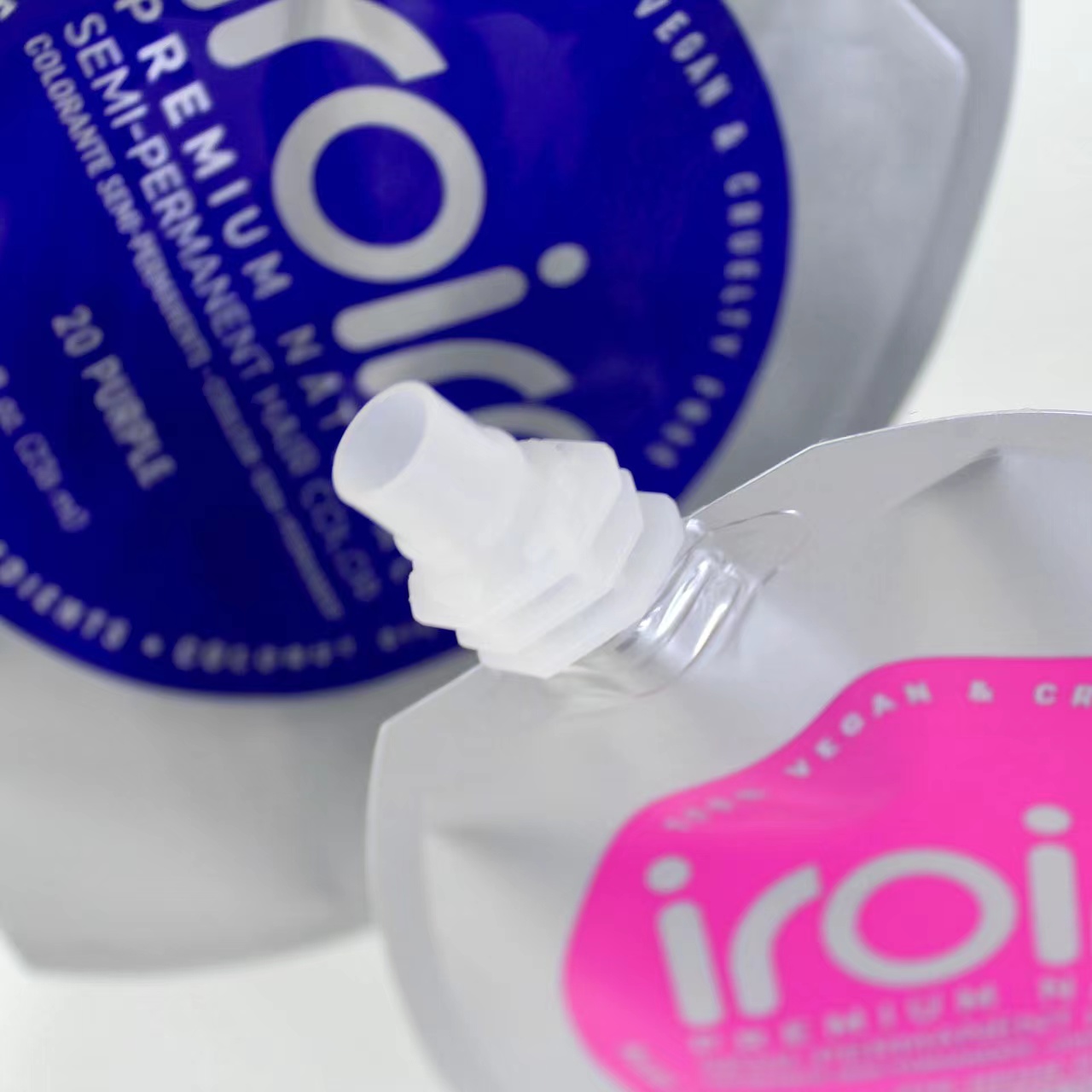Environmental Policy and Design Guidelines
In recent years, climate change and various types of pollution have been reported continuously, attracting more and more countries and enterprises' attention, and countries have proposed environmental protection policies one after another.
The United Nations Environment Assembly (UNEA-5) approved a historic resolution on 2 March 2022 to end plastic pollution by 2024. In the corporate segment, for example, Coca-Cola's 2025 global packaging is 100% recyclable, and Nestlé's 2025 packaging is 100% recyclable or reusable.
In addition, international organizations, such as flexible packaging circular economy CEFLEX and consumer goods theory CGF, also put forward circular economy design principles and golden design principles respectively. These two design principles have similar directions in the environmental protection of flexible packaging: 1) Single material and all-polyolefin are in the category of recycled materials; 2) No PET, nylon, PVC and degradable materials are allowed; 3) Barrier layer coating The tier cannot exceed 5% of the whole.
How does technology support environmentally friendly flexible packaging
In view of the environmental protection policies issued at home and abroad, how to support the environmental protection of flexible packaging?
First of all, in addition to degradable materials and technologies, foreign manufacturers have invested in the development of plastic recycling and bio-based plastics and products. For example, Eastman of the United States invested in polyester recycling technology, Toray of Japan announced the development of bio-based nylon N510, and Suntory Group of Japan announced in December 2021 that it had successfully created a 100% bio-based PET bottle prototype.
Secondly, in response to the domestic policy of banning single-use plastics, in addition to the degradable material PLA, China has also invested in the development of various degradable materials such as PBAT, PBS and other materials and their related applications. Can the physical properties of degradable materials meet the multi-functional needs of flexible packaging?
From the comparison of physical properties between petrochemical films and degradable films, the barrier properties of degradable materials are still far from traditional films. In addition, although various barrier materials can be re-coated on degradable materials, the cost of coating materials and processes will be superimposed, and the application of degradable materials in soft packs, which are 2-3 times the cost of the original petrochemical film, more difficult. Therefore, the application of degradable materials in flexible packaging also needs to invest in the research and development of raw materials to solve the problems of physical properties and cost.
Flexible packaging has a relatively complex combination of various materials to meet the product's requirements for the overall appearance and functionality of the packaging. Simple classification of various types of films including printing, feature functions and heat sealing, commonly used materials are OPP, PET, ONY, aluminum foil or aluminized, PE and PP heat sealing materials, PVC and PETG heat shrinkable films and the recent popular MDOPE with BOPE.
However, from the perspective of the circular economy of recycling and reuse, the design principles of CEFLEX and CGF for the circular economy of flexible packaging seem to be one of the directions of the environmental protection scheme of flexible packaging.
First of all, many flexible packaging materials are PP single material, such as instant noodle packaging BOPP/MCPP, this material combination can meet the single material of circular economy.
Secondly, under the conditions of economic benefits, the environmental protection scheme of flexible packaging can be carried out in the direction of packaging structure of single material (PP & PE) without PET, de-nylon or all polyolefin material. When bio-based materials or environmentally friendly high-barrier materials are more common, petrochemical materials and aluminum foils will be gradually replaced to achieve a more environmentally friendly soft package structure.
Finally, from the perspective of environmental protection trends and material characteristics, the most likely environmental protection solutions for flexible packaging are to design different environmental protection solutions for different customers and different product packaging needs, rather than a single solution, such as a single PE material, degradable plastic or paper, which can be applied to various usage scenarios. Therefore, it is suggested that on the premise of meeting the requirements of product packaging, the material and structure should be gradually adjusted to the current environmental protection plan that is more cost-effective. When the recycling system is more perfect, the recycling and reuse of flexible packaging is a matter of course.
Post time: Aug-26-2022










